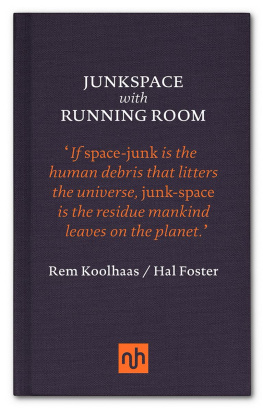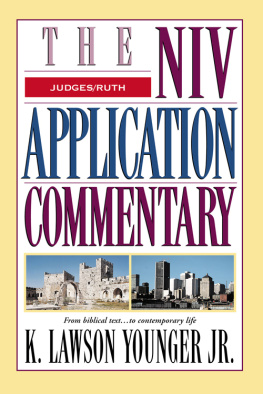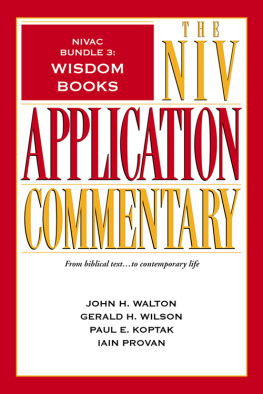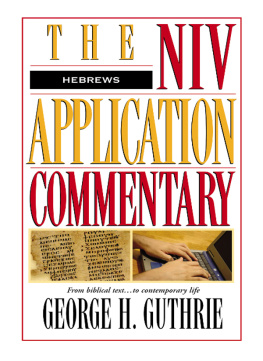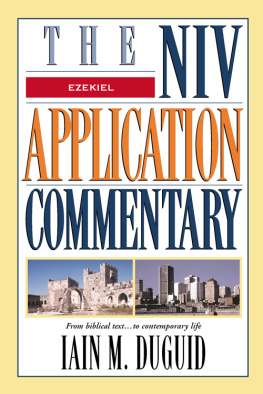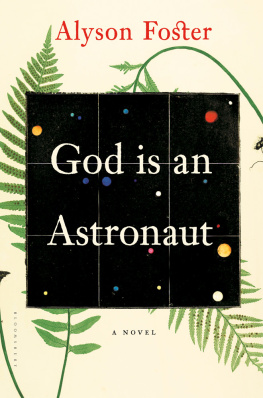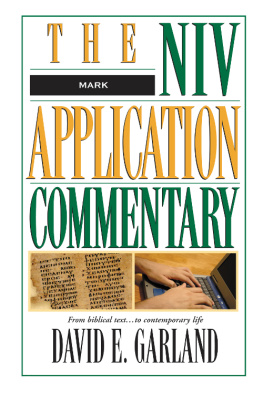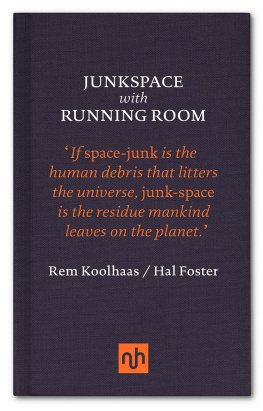Foster Hal - Junkspace with Running Room
Here you can read online Foster Hal - Junkspace with Running Room full text of the book (entire story) in english for free. Download pdf and epub, get meaning, cover and reviews about this ebook. City: New York;London, year: 2016, publisher: New York Review Books;Notting Hill Editions, genre: Romance novel. Description of the work, (preface) as well as reviews are available. Best literature library LitArk.com created for fans of good reading and offers a wide selection of genres:
Romance novel
Science fiction
Adventure
Detective
Science
History
Home and family
Prose
Art
Politics
Computer
Non-fiction
Religion
Business
Children
Humor
Choose a favorite category and find really read worthwhile books. Enjoy immersion in the world of imagination, feel the emotions of the characters or learn something new for yourself, make an fascinating discovery.
- Book:Junkspace with Running Room
- Author:
- Publisher:New York Review Books;Notting Hill Editions
- Genre:
- Year:2016
- City:New York;London
- Rating:5 / 5
- Favourites:Add to favourites
- Your mark:
- 100
- 1
- 2
- 3
- 4
- 5
Junkspace with Running Room: summary, description and annotation
We offer to read an annotation, description, summary or preface (depends on what the author of the book "Junkspace with Running Room" wrote himself). If you haven't found the necessary information about the book — write in the comments, we will try to find it.
Junkspace with Running Room — read online for free the complete book (whole text) full work
Below is the text of the book, divided by pages. System saving the place of the last page read, allows you to conveniently read the book "Junkspace with Running Room" online for free, without having to search again every time where you left off. Put a bookmark, and you can go to the page where you finished reading at any time.
Font size:
Interval:
Bookmark:

Junkspace is the new flamboyant, flexible, forgettable face of architecture, rendered by Rem Koolhaas in a visceral and rampantly analytical essay.
Office for Metropolitan Architecture
What is Junkspace? a fuzzy empire of blur, fusing high and low, public and private, straight and bent, bloated and starved smooth, all-inclusive, continuous, warped, busy, atrium-ridden the product of an encounter between escalator and air-conditioning like being condemned to a perpetual Jacuzzi with millions of your best friends this inferno of the neutral.
Is there a future for architecture? If so, it might begin with the meditationsby turns elegant and franticof Rem Koolhaas and Hal Foster: even if there is no outside to Junkspace, there is still running room to be made in its cracks
Rem Koolhaas is a Dutch architect, architectural theorist, urbanist and Professor in Practice of Architecture and Urban Design at the Graduate School of Design at Harvard University. He has published works on the evolution of the contemporary metropolis, has been responsible for landmark urban projects such as the EuraLille development in Northern France or the CCTV Tower in Beijing, and has designed master plans for, among other places, suburban Paris, the Libyan desert and Hong Kong.
Hal Foster is Professor of Art and Archaeology at Princeton University. He has written Design and Crime (2002), Prosthetic Gods (2004) and, more recently, The Art-Architecture Complex (2011). A member of the American Academy of Arts and Sciences, he writes regularly for October (which he co-edits), Artforum and the London Review of Books.
- HAL FOSTER
Preface
Hal Foster
J unkspace first appeared in The Harvard Design School Guide to Shopping (2001), a vast compendium of texts, images, and data concerning the consumerist transformation of city and suburb from the first department store to the latest mega-mall. This was the second installment of an extended project on contemporary urbanism undertaken by graduate students in architecture at Harvard overseen by Rem Koolhaas and the research team in his Office for Metropolitan Architecture (OMA). Junkspace was reprinted in the hundredth issue of October magazine, a special volume on obsolescence, where a first version of Running Room was also published. This essay appears here too, but in revised form so that it might serve as a partial response to Junkspace as well.
What genre of writing is Junkspace? In his first major publication, Delirious New York (1978), Koolhaas demonstrated his mastery of the manifesto form; in fact, he invented his own varietyretroactive manifestoas this celebration of the sheer density of Manhattan allowed by its famous grid was subtitled. Intermittently, over the next twenty years, Koolhaas continued in this polemical vein; S,M,L,XL (1995), a huge survey of OMA buildings and projects, included key interventions in ongoing debates about architecture and urbanism from the recessionary period of the 1970s to the boom years of the 1990s. Now the manifesto is essentially a modernist mode, one that looks to the future; often it aims to bend all posterity to its visionary will. Junkspace makes no such claim: Architecture disappeared in the twentieth century, Koolhaas states matter-of-factly. In a sense, Junkspace does a harder thing: it foretells the present, which is to say that it calls on us to recognize what is already everywhere around us. With engrained optimism, which is often fueled by technological enthusiasm, the Left has always bet heavily on posterity. In a recent text in New Left Review titled For a Left with No Future, T. J. Clark has urged us to give up on this fata morgana. Implicitly, Koolhaas sounds a similar note of desperate critique in Junkspace.
Yet it is this desperation that lends such energy to the text, which, generically, is more jeremiad than manifestoa lamentation that veers into denunciation and back again almost sentence by sentence. As a jeremiad, the force of Junkspace is more ethical than political, which might be seen as a limitation if it were not that this posture makes for such biting insights, especially since Koolhaas does not presume to stand apart from the kindergarten grotesque he surveys. In fact he takes it right into his prose; his language picks over capitalist clichs of all sortsadvertising jingles and commercial lingos, corporate logos and brand namesand retools this jumble of verbal junk for its own purposes. It is a brilliant performance that calls to mind other critical mimicries of corrupted tongues of the marketplace from James Joyce, through William Gaddis and Don DeLillo, to David Foster Wallace.
As Running Room suggests, Koolhaas and OMA were among the architectural beneficiaries of the post-Wall boom after 1989. That moment appeared to usher in not only a New Europe but an entire New World Order, one that would require innovative building and infrastructure. In this order China quickly emerged as a dominant player, and its Market-Leninism soon made it the largest client of architects the world has ever seen. S,M,L,XL documents many of the possibilities and the pitfalls of this period (it begins with small projects but jumps to large and extra-large sizes), so why does the tone change so radically in Junkspace only twelve years on from 1989 (and just six years after S,M,L,XL)? In some measure, this shift has to do with the specific context of its first publication, an analysis of the effects of shopping on city, suburb, and institutions of various sorts (e.g., museums, airports), whereby the parasite of the store somehow becomes the host that supports other forms of life (which are somewhat zombified as a result). In great part, however, this change reflects a souring on the triumphalism of 1989: far from the end of all ideology, as neoconservatives imagined at the time, 1989 marked the era of neoliberalism regnant, a form of capitalism that operates by deregulation at all levels, a deregulation that produces, as its primary effect in the built environment, not grands projets so much as Junkspace. In one way Koolhaas does subscribe to the neocon thesis of the end of history in the post-Communist world, only in his view, like a crab on LSD, culture staggers endlessly sideways.
Junkspace appeared twelve years after 1989, and now it is another twelve years later. What has this time brought with it? What transformations might alter our reading of this text? As presented by Koolhaas, Junkspace knows no limits, no outside, yet very quickly the events of 9/11 occurred, and new wallsand not just brick and barbed-wire onesimmediately appeared. In 2001 there were still borders of various sorts, many more arrived after 9/11, and today there might well be more walls than there were in 1989. Plus a change on that score. So, too, some of us thought the attacks of 9/11 would put in question, if not in crisis, the media-ready type of spectacular architecture known as starchitecture or JunkSignature (as Koolhaas calls it here), but it did not: global capital still wants its global marquees. Plus a change again. Another thing that did not change (or, if it did, only for the worse) was the dominance of neoliberalism. Indeed, the balloon of the false boom continued to inflate, and it was only in fall 2007, slowly, and then in fall 2008, suddenly, that it collapsed. Has the Great Recession turned back the spread of Junkspace? It is not clear that it has, given that, if the economy is to recover, consumption and speculation must return in forcethe former can only be strong, we are told by our economist masters, only if the latter are stoked. If manmade cataclysms like the crash of 2008 and the slow implosion of Europe over the last few years cannot do the trick, might man-aided disasters like Hurricanes Katrina and Sandy in 2005 and 2012, the super typhoon in Indonesia in 2009, and the earthquake-tsunami-meltdown in Fukushima in 2011 somehow stem the tide? If there is a limit put to Junkspace, it is likely to be one that is ecological before it is political. One slogan of May 1968 was
Next pageFont size:
Interval:
Bookmark:
Similar books «Junkspace with Running Room»
Look at similar books to Junkspace with Running Room. We have selected literature similar in name and meaning in the hope of providing readers with more options to find new, interesting, not yet read works.
Discussion, reviews of the book Junkspace with Running Room and just readers' own opinions. Leave your comments, write what you think about the work, its meaning or the main characters. Specify what exactly you liked and what you didn't like, and why you think so.

